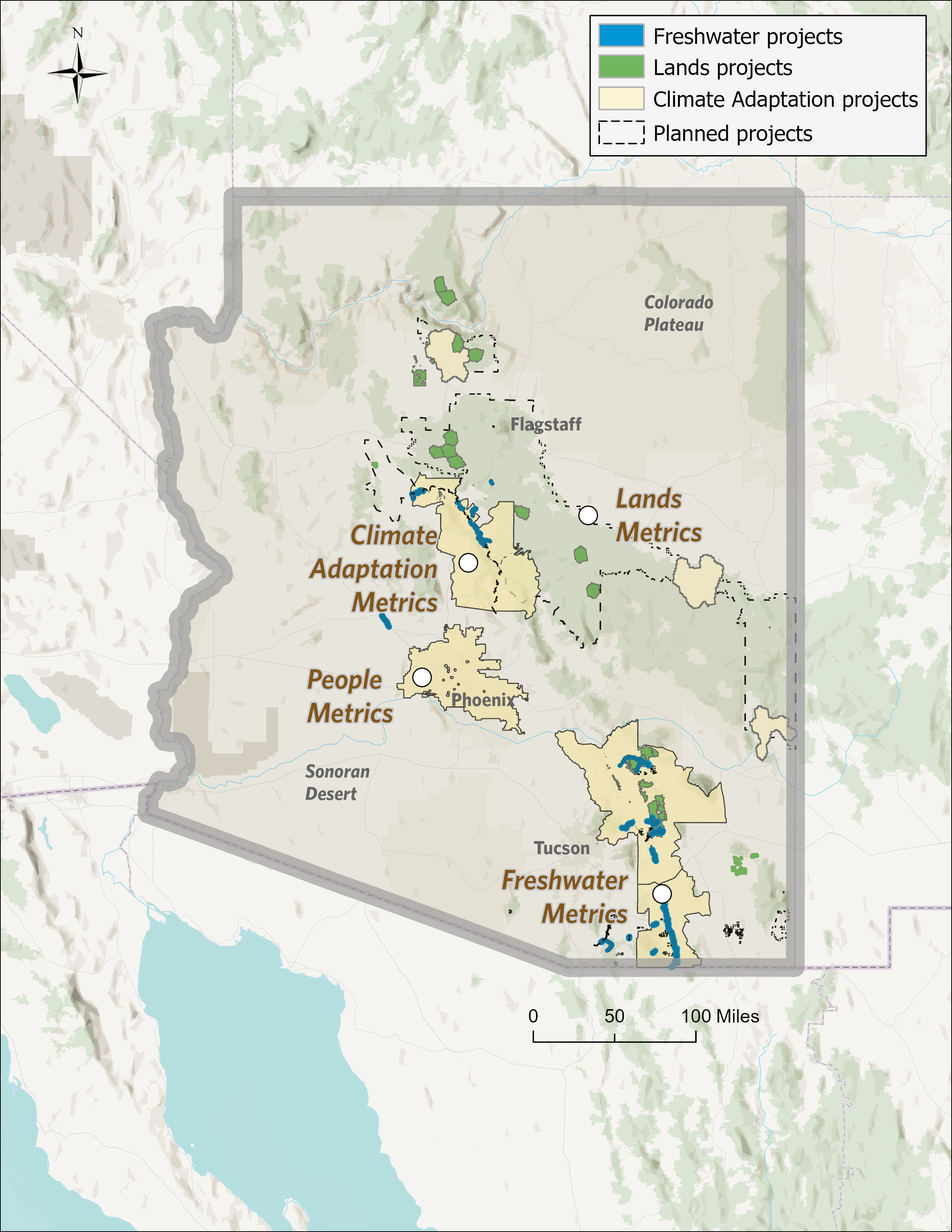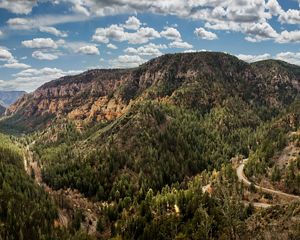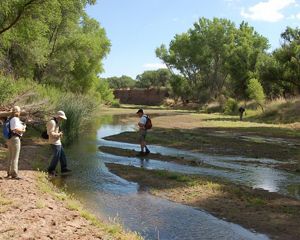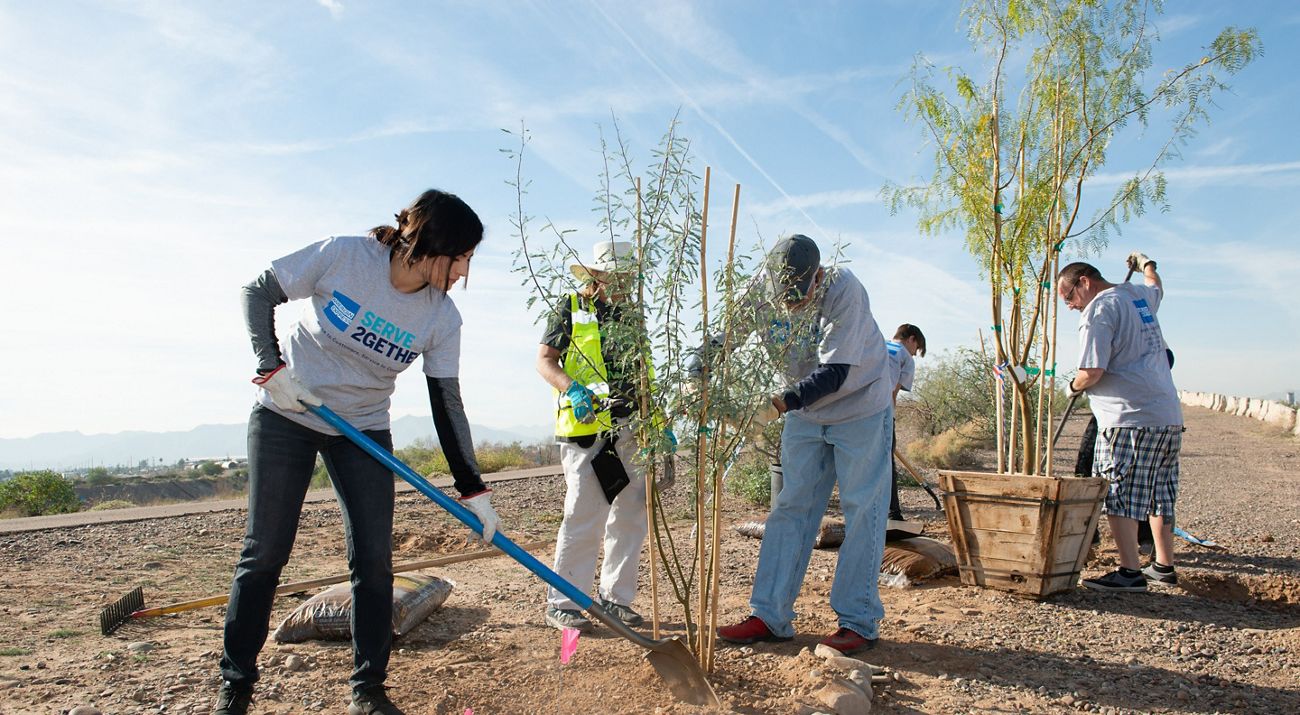
Will we take the critical, collective steps necessary to protect our natural world before it’s too late? That’s the million-dollar conservation question. The Nature Conservancy’s (TNC) mission—to create a world where nature and people thrive—is only possible if we think and act boldly. TNC has set ambitious 2030 Goals to halt catastrophic climate change and biodiversity loss worldwide. Our global goals focus on areas such as reducing carbon emissions, benefiting people, conserving oceans, lands and rivers, and supporting local stewards. These global goals provide us with an inspiring, unified vision because TNC is committed to having organizational accountability to manage our conservation portfolio and ensure we are investing in work that has the highest potential and impact.
Our 2030 Global Goals
Learn moreIn Arizona, we know our Chapter’s work contributes to TNC’s 2030 regional and global targets, so we are committed to consistently tracking our progress on our 2030 Goals across all conservation programs. This will allow us to identify what is working, where we have opportunities for learning, where resources are needed, and where we may need to adjust strategies or stop work that is not delivering as expected.
The Arizona science team is now developing tools and methodologies that help TNC assess and track our progress towards these goals in a consistent and effective way. We are leveraging the power of science to navigate the complex reality of meeting conservation objectives that are unprecedented in scope. Our scientists know that what we do in the next five years matters for Arizona’s future—and it also matters far beyond our borders. Here are a few examples of how the Arizona science team is leading innovation in support of TNC’s 2030 Goals:
-
Metrics Database for TNC Arizona
The TNC Arizona science team built a statewide geodatabase to map where TNC is taking action and to track our local progress toward 2030 goals (see map below). The geodatabase is updated annually and shows in real time where TNC Arizona’s conservation work is happening across the state, how each Arizona conservation project contributes to TNC’s global 2030 Goals, highlights TNC’s role in the project, and identifies the project’s monitoring data.
-
Metrics Database for TNC’s WDFFP
The Arizona science team has helped to develop a standardized metrics geodatabase for TNC’s Western Dry Forest and Fire Program (WDFFP). Teaming up with state chapters across the West, we've helped build a geospatial system to track all the places where TNC and partners are conducting forest restoration work, such as mechanical thinning and prescribed fire. The database also tracks how these localized treatments have a broader impact and benefit the overall health of forests West-wide. Learn more
-
Guidebook and Case Studies on Social Impact
Meeting our 2030 Goals means finding ways to measure the way our work impacts people. To help us with this, TNC’s Arizona science team worked with social scientists at the University of Arizona (UA) to develop a guidebook on how to measure the social impacts of our work. UA and TNC teams also completed three case studies in programs across the West, including TNC Arizona’s Healthy Cities Program, TNC Colorado’s Forest and Fire Program and TNC’s Colorado River Tribal Water Partnership Program.
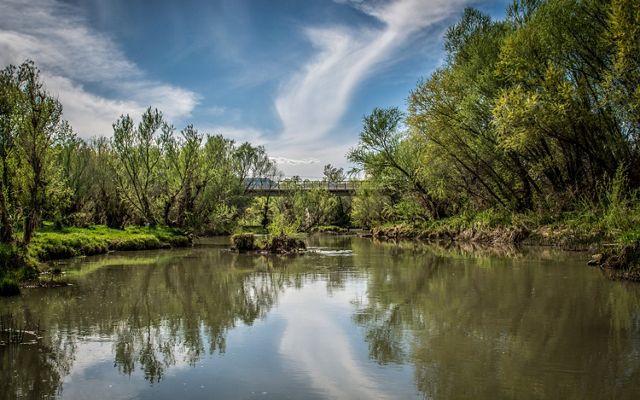
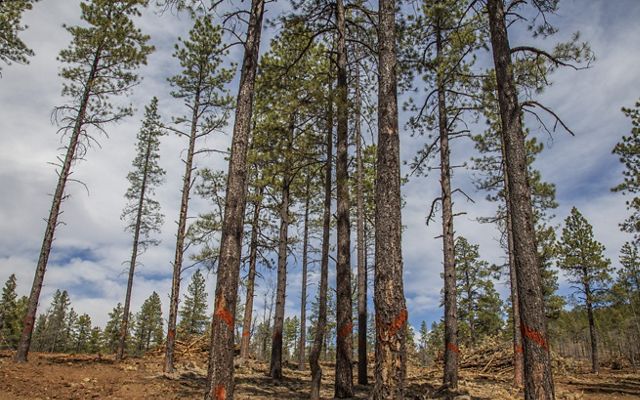
Our Metrics
TNC’s 2030 Goals are what we plan to achieve as an organization for climate and biodiversity this decade. Globally, our goals consist of 17 targets and metrics. The power of this core set of metrics is that they enable us to manage our 2030 Goals consistently across the organization – they are our common currency. In Arizona, we track 12 of those metrics, in the categories of freshwater, lands, people and climate adaptation. Click on the points on the map to see examples of projects in Arizona from each category.
Land Metrics
These metrics include lands with improved management, protection or avoided conversion. In TNC Arizona’s Forest Program, this includes forested lands where ecological thinning and burning have improved ecological conditions and reduced wildfire risk. In other areas of Arizona, this includes lands that have been restored or protected via land acquisition or conservation easements.
Climate Adaptation
People, nature and climate are interconnected; our work to sustain healthy lands and waters across the state also reduces community risk to climate change. In TNC Arizona’s Healthy Cities Program, this includes work with the communities in the Phoenix Metro Area to reduce heat exposure by planting trees and increasing tree canopy. Additionally, our work to sustain streamflow and aquifers in the face of climate change also increases water security for communities in northern and southern Arizona who rely on healthy rivers for their water supply.
People Metrics
People and nature are interconnected; our work to sustain healthy lands and waters in Arizona also provides tangible benefits to people and communities, including increased economic opportunities, increased ability to participate in decision making, and increased security of rights to territory and resources. One example of this is TNC Arizona’s Healthy Cities Program, where we have created a training program that builds the capacity of Maricopa County residents to advocate for greener, healthier and cooler communities.
Freshwater Metrics
These metrics include freshwater ecosystems with improved management, protection or where conversion has been avoided. TNC Arizona’s Water Program works in watersheds across the state, including the San Pedro River, Verde River and Sonoita Creek watersheds. This work includes many conservation actions completed on agricultural lands and in rural communities that sustain streamflow, replenish aquifers, and improve freshwater habitat.
